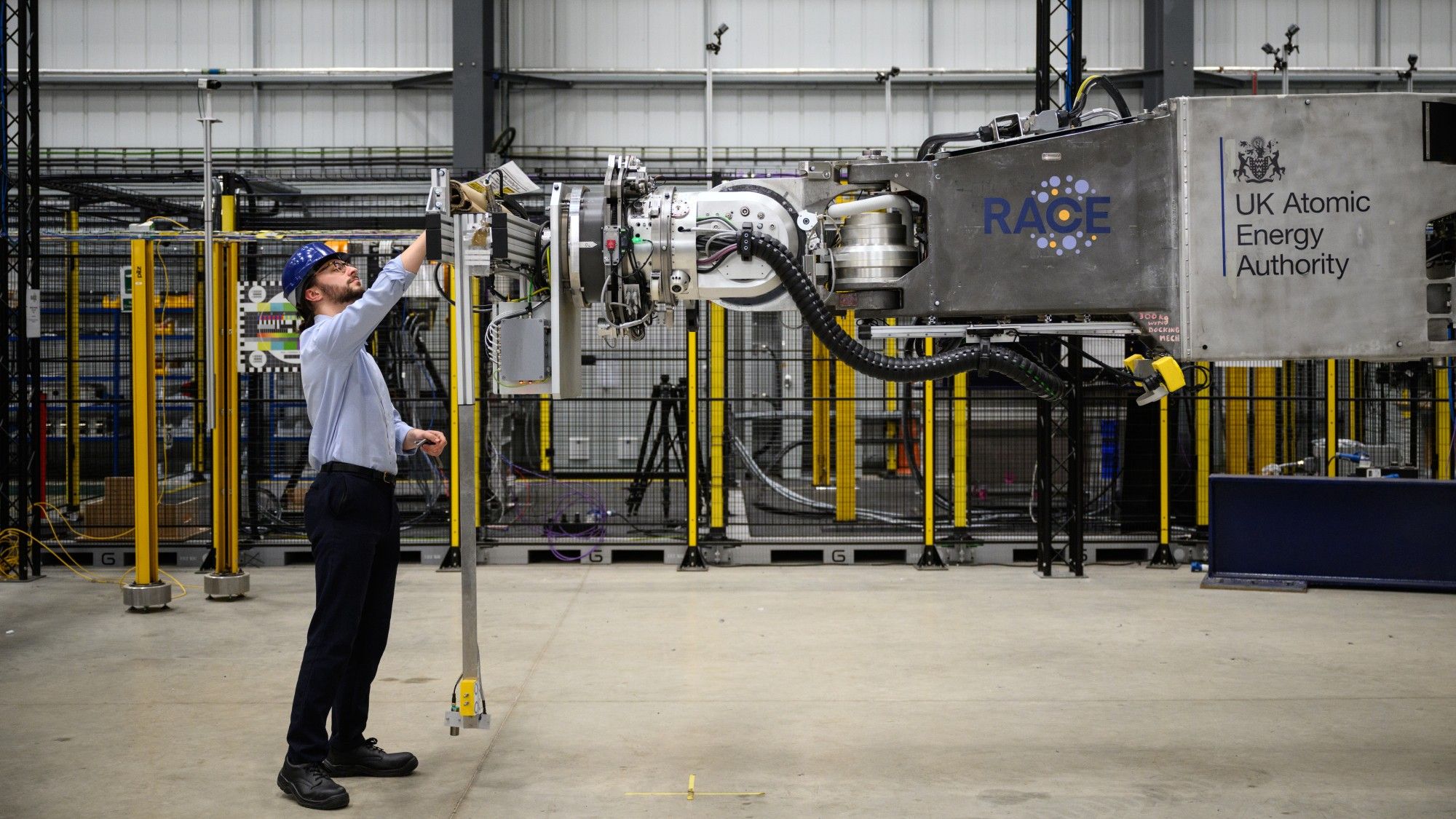Copyright macaudailytimes

Since 2015, when China approved its industrial policy program “Made in China 2025,” Beijing’s ultimate goal has been to reduce the country’s dependence on foreign technology and promote high-tech Chinese manufacturers. While Western companies were busy celebrating globalization as a triumph of efficiency and openness – and dragging their feet on new business areas emerging from the energy transition – Chinese firms, through a coordinated strategy, created entire production ecosystems by investing in every stage of their value chains, including the extraction and refining of critical minerals. In this way, China has become indispensable for materials and components essential to countless goods – from mobile phones to automobiles, from batteries to missile guidance systems. Decades of careful planning transformed China from a supplier of cheap labor to a producer of the most advanced and strategic materials of the century. Furthermore, engineer-led governance (see Dan Wang’s book, “Breakneck”) made Beijing realize that real control doesn’t lie in producing the final product but in mastering the process that makes it possible – the intermediate stages of the value chain. This demonstrates that economic leverage lies in the key components of the circuitry of globalization itself – components of a web so tightly integrated that removing one strand might unravel the entire fabric of modern industry. The refining of critical metals has become not only a tool but also a cornerstone of a web without which the whole value chain and its ecosystems cannot operate. After years of procrastination, Western policymakers have finally realized that developed countries are now completely dependent on Chinese suppliers for critical metals. The issue became obvious when, at the end of 2024, China restricted the export of gallium and germanium. More recently, it suspended the export of other types of rare earths. Clearly, China is seeking to expand its leverage in trade negotiations with the United States and the European Union. At present, the automotive industry holds only a few months’ – or even weeks’ – worth of rare-earth component stock. The military industry also depends on such materials: for example, each F-35 fighter contains around 400 kilograms of Chinese rare earths in its structure, and some submarines require over 4,000 kilograms of these materials. The efforts that U.S. and EU officials have made in recent weeks to find alternative supply sources should not obscure the fact that the vast majority of rare-earth and other critical-metal refining – over 90% of graphite, 80% of cobalt, 70% of lithium, and 70% of nickel – makes competition with Chinese companies impossible for at least a decade. Several European countries can contribute to Europe’s strategic autonomy in the refining of critical metals, starting with their own mineral reserves (such as lithium, copper, and tungsten in the case of Portugal). However, this requires national political will and the application of the principles set forth in the Draghi report on cutting bureaucracy – as well as avoiding the mistake of not joining the IPCEI initiatives created to facilitate funding for strategic European projects. Portugal currently has four projects related to critical raw materials (three on lithium and one on copper). linkedin.com/in/jorgecostaoliveira



